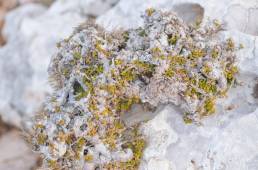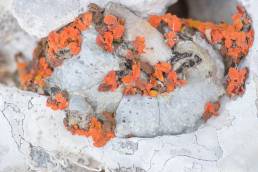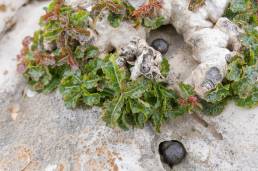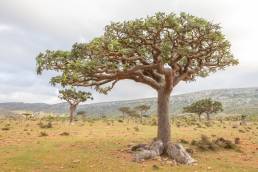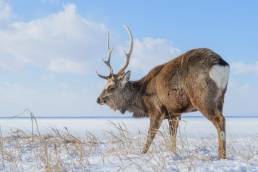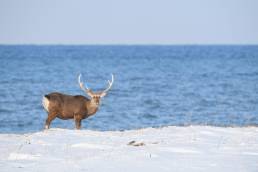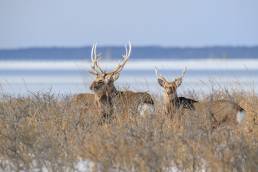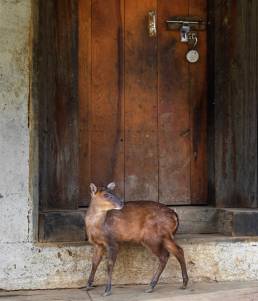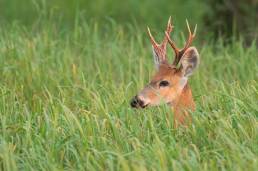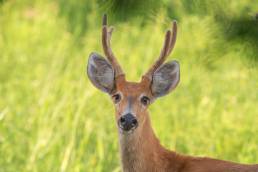18 Dec 2023
Commiphora planifrons
This stunted, prostrate and gnarly Commiphora planifrons would have been a tree were it not for the countless goats that eat at them. Around this specimen…
17 Dec 2023
Boswellia hesperia
Boswellia hesperia is a new species of Boswellia for Socotra, yet to be confirmed and accepted scientifically. It has a very limited range, and all individuals…
13 Dec 2023
Boswellia nana
Boswellia nana is found in few and isolated areas where they are heavily browsed by the goats. I have not found a single specimen growing to its full…
3 Feb 2023
Boswellia elongata
This is Homhil at its most beautiful – green and vibrant after the winter rains. Unfortunately this is but a faint echo of past glory, when the land was in…
5 Feb 2020
Sika Deer (Cervus nippon)
During the winter months male sika Deer (Cervus nippon), called bucks or stags, wander out to the coast, and in this case to the beautiful Notsuke Peninsula,…
4 Feb 2020
Sika Deer (Cervus nippon)
During the winter months male sika Deer (Cervus nippon), called bucks or stags, wander out to the coast, and in this case to the beautiful Notsuke Peninsula,…
4 Feb 2020
Sika Deer (Cervus nippon)
During the winter months male sika Deer (Cervus nippon), called bucks or stags, wander out to the coast, and in this case to the beautiful Notsuke Peninsula,…
4 Apr 2017
Barking deer (Muntiacus vaginalis)
This is the second image from the amazing encounter with the orphaned barking deer in the care of Dema the farmer. Dema owns a farm across the road from the…
11 Nov 2013
Marsh Deer (Blastocerus dichotomus)
The walk on the "marsh pier" - a long wooden trail raised more than 2 metres to provide dry footing during the wet season - came to an end way too soon. This…
11 Nov 2013
Marsh Deer (Blastocerus dichotomus)
Fazenda San Fransico is around 150 square kilometres large, and around 50% of it is left wild! Basically all the higher areas are used for farming, and the…
